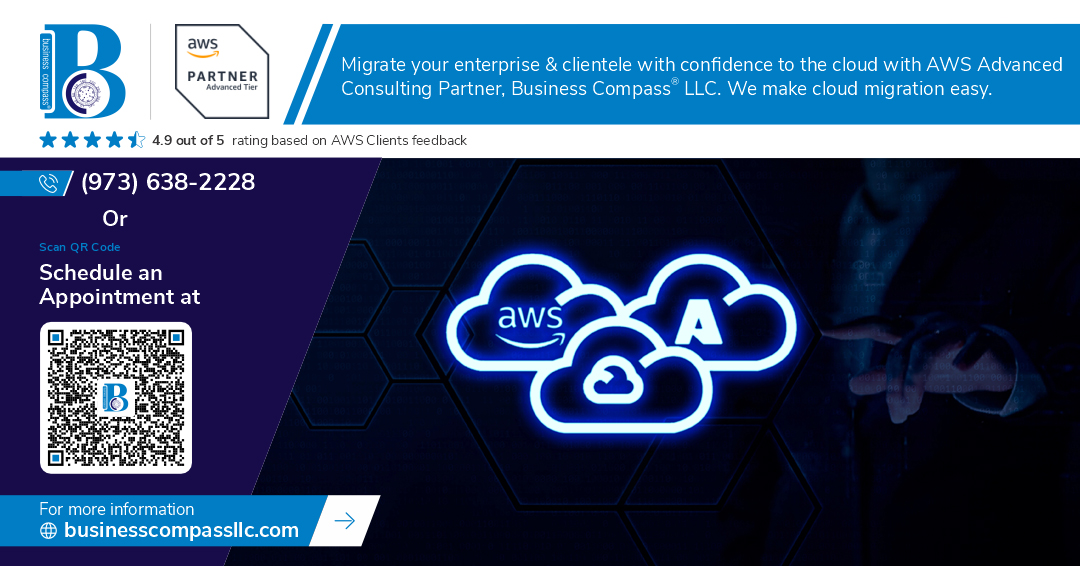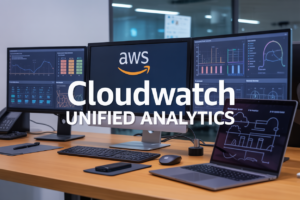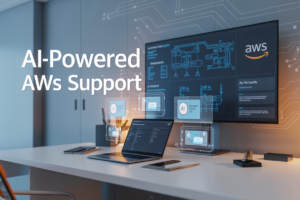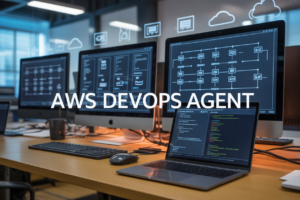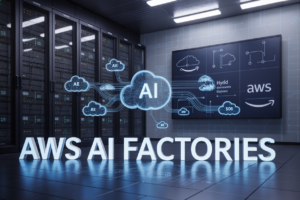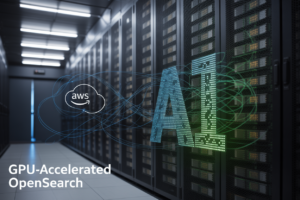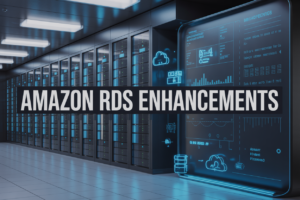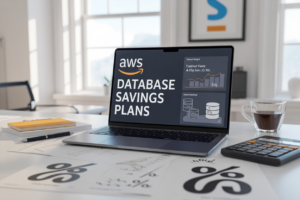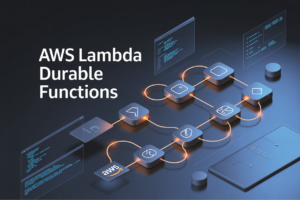Ever watched your cloud costs skyrocket while your team frantically hunts for the root cause of a data anomaly? You’re not alone. Thousands of engineering teams waste precious hours and dollars trying to make sense of their cloud data when things go sideways.
Real-time data processing isn’t just a fancy tech term—it’s the difference between catching issues in minutes versus days. When implemented correctly in cloud environments, it transforms reactive firefighting into proactive management.
Think about it: your systems generate terabytes of data daily. Without smart real-time processing, you’re essentially driving blindfolded, hoping not to crash. The most successful teams are now embedding anomaly detection directly into their data pipelines.
But here’s what nobody tells you about implementing these systems…
Understanding Real-Time Data Processing
A. Key Benefits of Processing Data in Real-Time
Real-time data processing is a game-changer. Gone are the days of waiting hours for insights that could make or break your business. Now you get immediate feedback, spot problems before they explode, and make decisions while they still matter. Your customers feel the difference too—personalized experiences delivered exactly when needed, not hours later.
Cloud Platforms for Real-Time Analytics
A. Comparing Major Cloud Providers’ Offerings
AWS, Azure, and Google Cloud each bring different strengths to real-time analytics. AWS shines with Kinesis for high-throughput streaming, Azure excels with Event Hubs and Stream Analytics for IoT workloads, while Google’s Dataflow offers the most flexible programming model for complex transformations.
B. Serverless Options for Event Processing
Serverless functions are game-changers for real-time data. AWS Lambda, Azure Functions, and Google Cloud Functions let you process stream events without managing servers. They automatically scale with your data volume and you only pay when your code runs—perfect for unpredictable workloads.
C. Scalability Considerations and Best Practices
Your real-time system won’t stay small forever. Plan for scale by partitioning data streams, implementing backpressure handling, and using consumer groups for parallel processing. Cache reference data locally and design stateless processors that can scale horizontally without session dependencies.
D. Cost Optimization Strategies
Cloud analytics bills can skyrocket if you’re not careful. Right-size your stream processing units, implement auto-scaling policies, and batch tiny events where real-time isn’t critical. Consider reserved instances for predictable workloads and serverless for sporadic ones to balance performance with cost.
E. Security Requirements for Streaming Data
Streaming data needs protection in motion and at rest. Encrypt data using TLS during transit and enable encryption at rest in your storage layers. Implement fine-grained IAM policies, network isolation through VPCs, and audit logging for all access. Never overlook data masking for sensitive fields.
Building Smart Insights from Streaming Data
A. Extracting Actionable Intelligence in Real-Time
Ever tried drinking from a firehose? That’s what processing streaming data feels like without the right tools. Smart systems don’t just collect data—they filter the noise, spot patterns, and deliver insights when you actually need them. Companies winning at this game aren’t hoarding information; they’re extracting the gold nuggets that drive decisions right now, not tomorrow.
Advanced Anomaly Detection Techniques
A. Statistical vs. Machine Learning Approaches
Let’s cut through the noise. Statistical methods like Z-score and ARIMA catch the obvious stuff, while ML approaches like isolation forests and autoencoders dig deeper into complex patterns. Statistical is lightweight but rigid; ML adapts but needs more data. Pick based on your anomaly complexity and available resources.
Architecting an End-to-End Solution
Architecting an End-to-End Solution
A. Reference Architecture for Cloud Implementation
Building real-time data systems isn’t just about throwing tools together. You need a blueprint that works. The ideal cloud architecture connects your data sources to processing engines like Apache Kafka or AWS Kinesis, pushes processed data through analytics layers, and delivers actionable insights through dashboards that actually make sense to humans.
The power of real-time data processing in cloud environments cannot be overstated. By leveraging cloud platforms specifically designed for real-time analytics, organizations can transform streaming data into actionable insights while detecting anomalies that might otherwise go unnoticed. From understanding the fundamentals to implementing advanced detection techniques, the journey toward a comprehensive real-time processing solution requires thoughtful architecture and strategic implementation.
As you architect your end-to-end solution, remember that the true value lies not just in processing data quickly, but in making that data meaningful for your business. Whether you’re monitoring IoT devices, tracking customer behavior, or safeguarding critical infrastructure, real-time processing capabilities will increasingly become a competitive differentiator. Start small, focus on specific use cases with clear ROI, and gradually expand your real-time analytics footprint across your organization.










